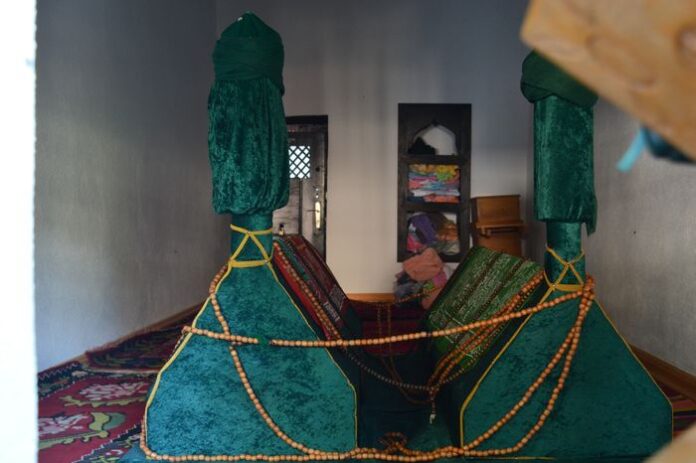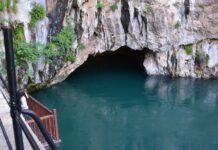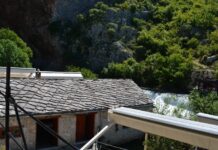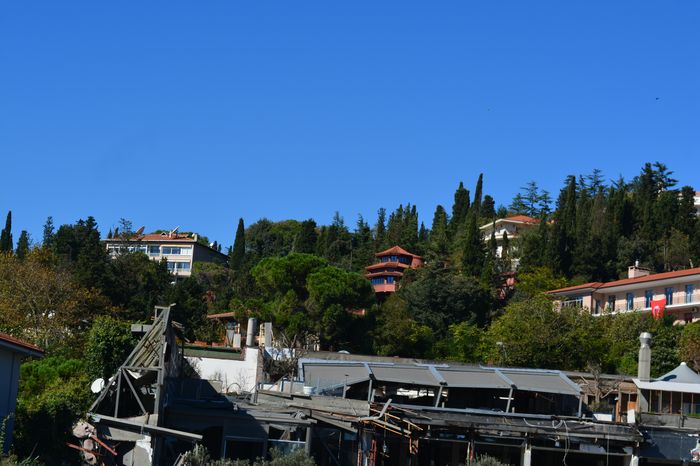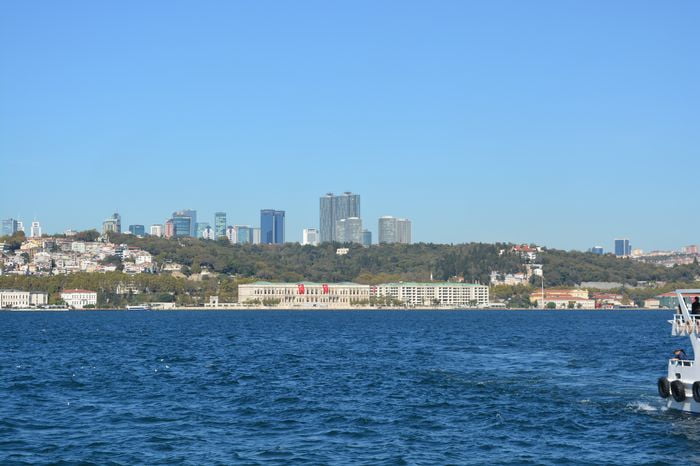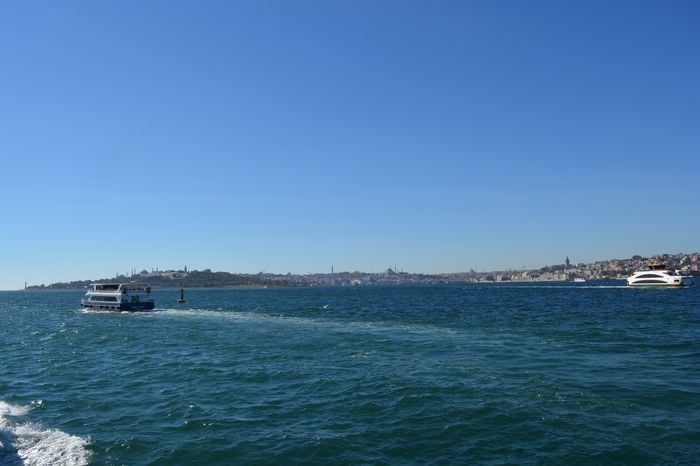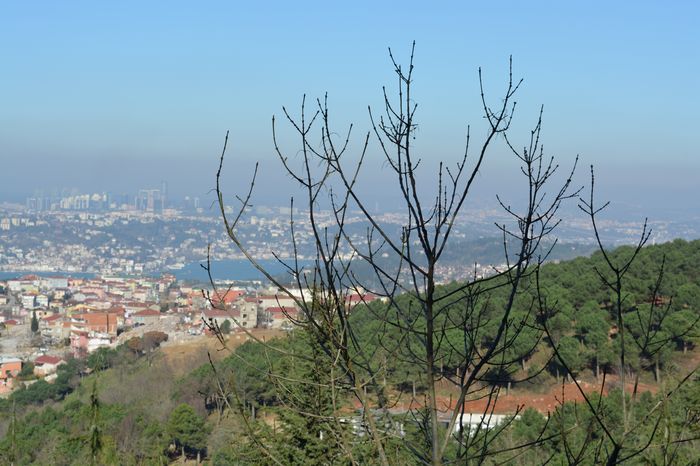In the year 1347, the Palace of the Porphyrogenitus became the residence of John VI Cantacuzene, who had just entered Constantinople. At that time, he was negotiating with Dowager Empress Anna of Savoy, trying to be officially recognized as the co-ruler of her young son, John V Palaiologos.
Upon taking control of the palace, Cantacuzene gave strict orders that no harm should come to the Empress and her son, who were living in the nearby Palace of Blachernae. However, some of his followers did not obey. Hearing rumors that Anna was hesitant to reach an agreement, they went ahead and seized the Castelion, a small fortress next to the Blachernae palace, which was used to protect the imperial residence Guided Tours Istanbul.
This incident clearly shows that the Palace of the Porphyrogenitus and the Palace of Blachernae stood very close to each other, likely within walking distance.
The Palace Used Again by John V Palaiologos
About seven years later, John V Palaiologos returned to power and captured the city. During this time, he also stayed in the Palace of the Porphyrogenitus as he prepared for the abdication of John Cantacuzene, who had become emperor earlier.
Again, the records describing this event prove that the Palace of the Porphyrogenitus, the Castelion, and the Blachernae Palace were all located in the same neighborhood, close to each other on the city’s northwestern slope.
This identification of the palace’s location helps us understand several important episodes in Byzantine history, where political power often changed hands within this small area The Palace of the Porphyrogenitus.
The Architectural Features of the Palace
The Palace of the Porphyrogenitus is a three-story rectangular building. It was built between two defensive walls that descend from the Xylokerkos Gate (now part of the Edirnekapı area) toward the Golden Horn.
Its long sides (north and south) were built across the city walls.
Its short ends (east and west) rested on top of the walls at the level of the second floor.
Sadly, the palace has lost much of its structure. The roof and upper floors are now missing, leaving only the outer walls. Yet the building still shows traces of its former beauty.
The north facade was supported by columns and pillars, and was decorated with colorful mosaics made from small pieces of brick and stone. The windows, framed in marble, allowed sunlight to fill the rooms. There were also elegant balconies, especially on the east and south sides, which offered stunning views over the city due to the palace’s high position.
Defensive Modifications
The western facade of the palace was the most exposed to danger from enemy attacks. To protect it, a large defensive tower was built beside the Xylokerkos Gate. However, this construction partially blocked the gate, making it harder to use.
Despite its ruined state today, the Palace of the Porphyrogenitus remains one of the best-preserved examples of late Byzantine secular (non-religious) architecture and serves as an important reminder of imperial power and politics during the empire’s final centuries.
